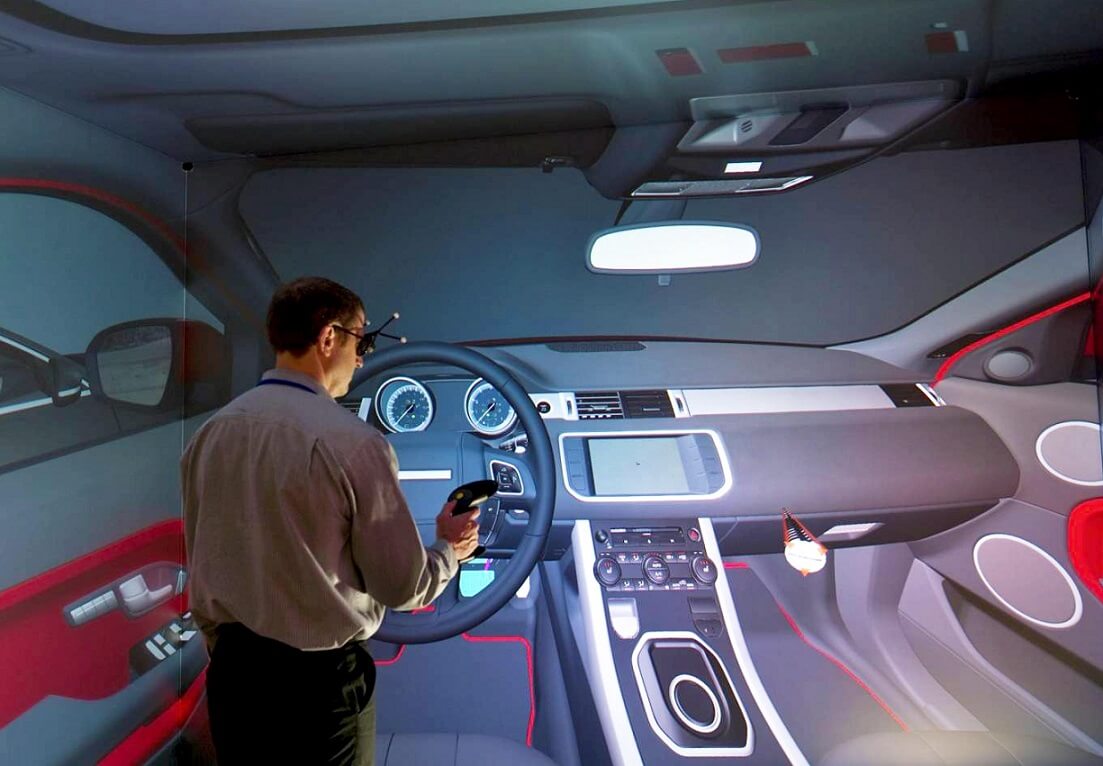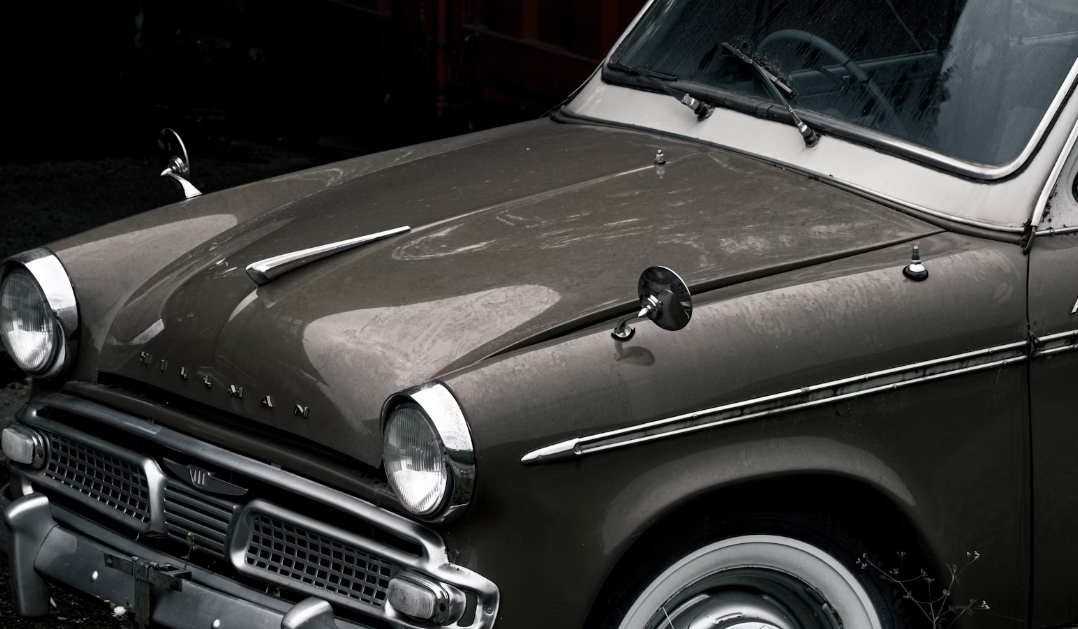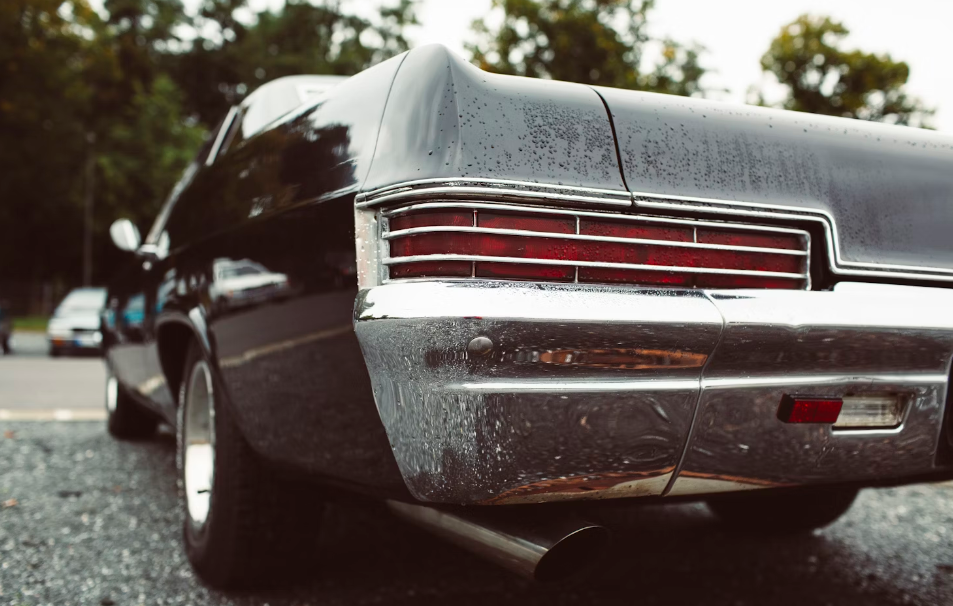The automotive industry is undergoing significant changes, primarily due to advancements in technology. Among these innovations, virtual reality (VR) and augmented reality (AR) stand out as transformative tools in car design and prototyping. These technologies provide designers and engineers with new methods for visualizing and developing vehicles, ultimately leading to enhanced creativity and efficiency. By immersing users in virtual environments and overlaying digital information onto the real world, VR and AR are reshaping the way automotive professionals approach design and production. This blog post will explore the impact of VR and AR in car design and prototyping, illustrating how these technologies are revolutionizing the industry.
The Importance of Virtual Reality in Car Design
Virtual reality has become a game-changer in the automotive design process. By utilizing VR, designers can create fully immersive 3D environments where they can visualize their concepts in real time. This immersive experience allows designers to interact with their creations, assessing proportions, shapes, and ergonomics from multiple angles. Traditional design methods, which often rely on physical models or 2D drawings, can restrict creativity and lead to costly errors. With VR, designers can rapidly iterate on their designs, making adjustments on the fly without the need for physical prototypes, thus saving both time and resources.
Collaboration is another critical aspect enhanced by VR technology. Designers, engineers, and stakeholders can convene in virtual spaces, regardless of their physical locations, to review designs and exchange feedback. This collaborative environment not only accelerates decision-making processes but also fosters a culture of creativity and inclusivity. By harnessing VR, automotive companies can significantly reduce development timelines and costs while ensuring that the final product aligns with the original design intent.
Augmented Reality in Prototyping
While virtual reality creates entirely simulated environments, augmented reality enhances the real world by overlaying digital content onto physical objects. In the context of car prototyping, AR offers numerous advantages that streamline the development process. Engineers can use AR to visualize complex data and simulations directly on the physical prototype, allowing for immediate adjustments and evaluations. This capability is especially beneficial during testing phases, as engineers can analyze performance metrics and make necessary modifications in real time.
AR also plays a vital role in vehicle assembly and maintenance. Technicians can access digital instructions projected onto the components they are working on, guiding them through intricate procedures. This method not only increases efficiency but also minimizes the likelihood of errors during assembly. As a result, AR is becoming an indispensable tool in the automotive manufacturing landscape, enhancing workflows and improving the overall quality of vehicle production.
Bridging the Design and Production Gap
One of the major challenges in the automotive industry is bridging the gap between design and production. Often, a disconnect exists between the creative vision of designers and the practical realities of manufacturing. VR and AR address this challenge by allowing designers to visualize how their concepts will translate into physical products. This capability facilitates smoother transitions from design to production.
For example, VR can simulate the production process, enabling designers to identify potential bottlenecks or challenges before they occur. By understanding the manufacturing implications of their designs, automotive engineers can make informed decisions that optimize both performance and manufacturability. This alignment between design and production is essential for creating vehicles that meet consumer expectations while adhering to cost and time constraints.
Impact of VR and AR on Car Removal and Recycling
The integration of Virtual Reality (VR) and Augmented Reality (AR) technologies in car design and prototyping has implications that extend beyond production and into the end-of-life stages of a vehicle’s journey. By enhancing the precision of design and material selection, VR and AR aid in creating more sustainable vehicles, which simplifies recycling and disposal processes for the free car removal Sydney and junkyard industry. These technologies allow for detailed virtual simulations that anticipate the lifecycle of vehicle parts, supporting eco-friendly dismantling and recycling practices that can reduce environmental impact and improve the efficiency of car removal services.
Enhancing Customer Experience with Immersive Technologies
The impact of VR and AR extends beyond design and prototyping to significantly improve the customer experience in the automotive industry. Dealerships are increasingly incorporating these technologies into their sales strategies, enabling customers to explore vehicles in immersive environments. Virtual showrooms allow potential buyers to experience different models and configurations without having to visit physical locations. This innovative approach attracts tech-savvy consumers and expands the reach of dealerships in a competitive market.
Augmented reality applications further enhance the customer experience by offering interactive features. Customers can utilize AR apps to visualize how a vehicle would look in their driveway or customize features with simple gestures on their smartphones. This interactivity engages customers more deeply in the purchasing process, helping them make informed decisions based on their preferences and needs. By integrating VR and AR into customer interactions, automotive companies can create a more personalized and memorable buying experience.
The Future of VR and AR in Automotive Design
As VR and AR technologies continue to advance, their applications in the automotive industry are poised to expand even further. Improvements in hardware and software will likely yield more realistic simulations and interactions. These advancements will enable designers to explore concepts that were previously unimaginable, pushing the boundaries of automotive design.
The integration of artificial intelligence (AI) with VR and AR will also enhance the design process by providing intelligent suggestions based on data analysis. Designers will be able to leverage AI-driven insights to create vehicles that not only fulfill aesthetic criteria but also address performance and sustainability goals. As the automotive industry places greater emphasis on environmental concerns, VR and AR technologies will play a critical role in developing eco-friendly solutions.
Also visit: https://cashforcarsnsw.com.au/buy-my-car-sydney/
Conclusion
Virtual reality and augmented reality are transforming car design and prototyping, offering unprecedented opportunities for creativity, collaboration, and customer engagement. By immersing designers in virtual environments and enhancing the real world with digital information, these technologies streamline the design process and bridge the gap between creativity and manufacturing. As the automotive industry continues to embrace these innovations, the future of car design promises to be more efficient, sustainable, and customer-focused than ever before. The integration of VR and AR is not merely a trend; it is a fundamental shift that will shape the automotive landscape for years to come.
Expand your knowledge with our blog.




